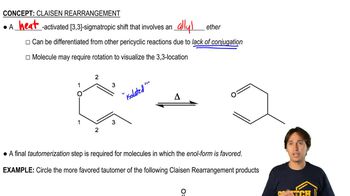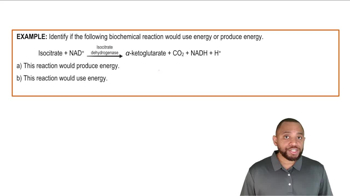Which of the following carbocations would be likely to rearrange? Draw each rearranged structure below.
Molecule I

 Verified step by step guidance
Verified step by step guidance Verified video answer for a similar problem:
Verified video answer for a similar problem:



 0:47m
0:47mMaster Understanding why carbocations shift. with a bite sized video explanation from Johnny
Start learning